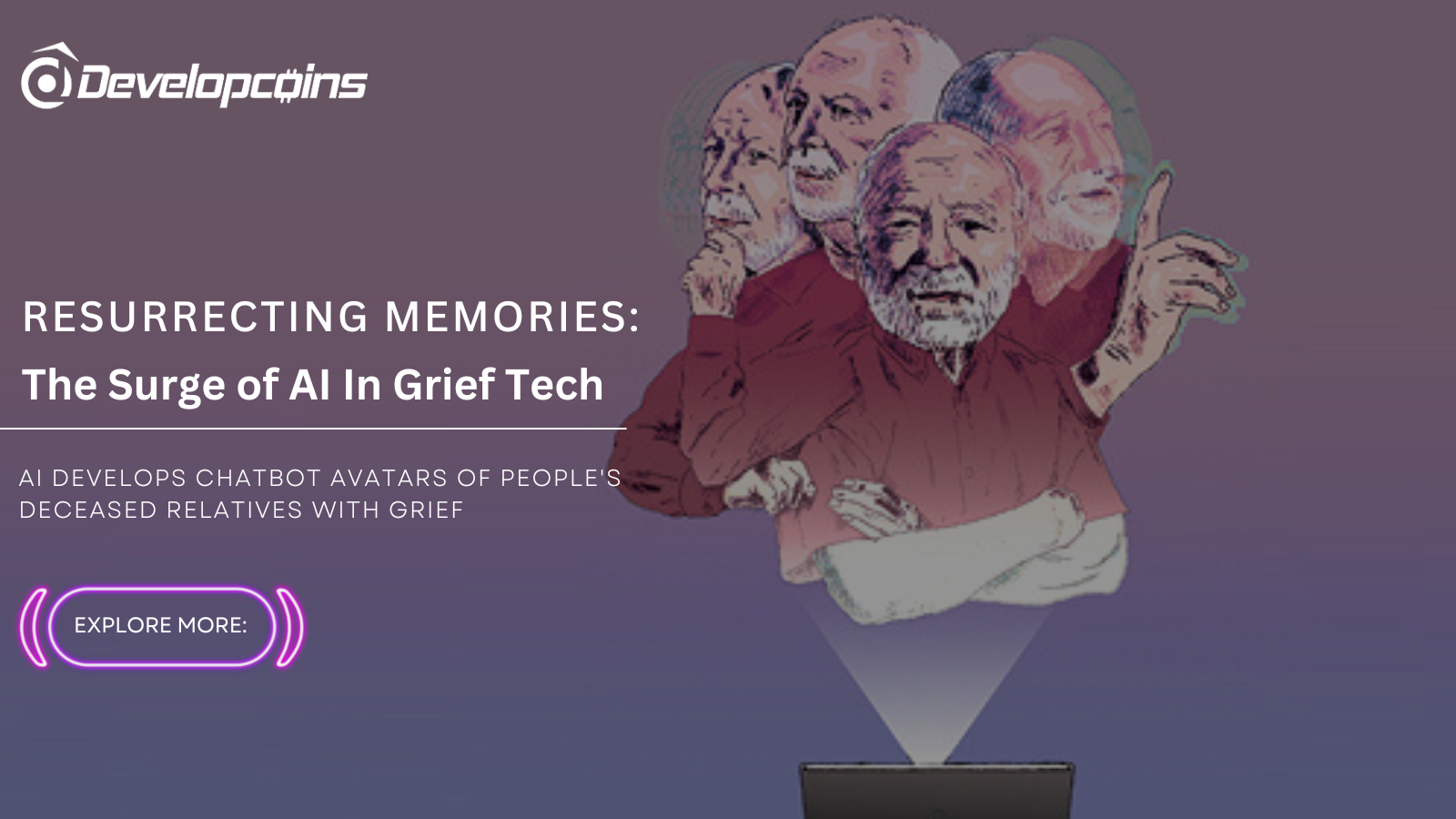


 Jun 30, 2023
Jun 30, 2023AI-powered technology is being used to develop chatbot avatars of people's deceased relatives, preserving their memories and helping with grief.
In 2016, James Vlahos discovered that his father was dying from terminal lung cancer.
Painfully aware that their time together was running out, Vlahos rushed to gather memories while he still could, recording his father’s life story; everything from childhood memories to his favorite sayings, songs and jokes.
Once transcribed, these recordings filled 200 single-spaced pages.
"It was a great, but inert resource, and I longed for something interactive. So I spent nearly a year programming a chatbot replica of my father: the 'Dadbot,'" said Vlahos.
This "Dadbot" was able to revive his father’s stories via text messages, audio, images, and video, creating an interactive experience that emulated the unique nuances of an individual; of Vlahos' dad.
While this artificial version could never replace Vlahos’ real father, it did give him some comfort - and a way to remember him more viscerally in the form of an AI afterlife.
It also inspired Vlahos to launch HereAfter AI, a US-based company that allows people to upload their memories, which are then turned into a “life story avatar” that can be communicated with by friends and family.
Unlike a dusty photo album or dormant Facebook profile, it’s a method of archiving a part of ourselves or those we love, that can actually be brought back to life.
The future Of 'Grief Tech'
Preserving memories and passing along heirlooms is an innate human desire that is evident in everything from ancient artifacts to architecture, so it’s no surprise tech companies are looking for new ways to advance and elevate this process.
Last year, an 87-year-old woman attended her own funeral in the UK thanks to a startup called StoryFile, which - similar to HereAfter AI - records footage and audio prior to a person’s death and then makes it interactive through the power of conversational AI and a holographic avatar.
In particular, the explosion of ChatGPT, a powerful chatbot created by OpenAI, has accelerated the development of other "grief tech," including its integration into the metaverse’s "live forever" mode, a project by the company Somnium Space that hopes to create a digital "you" that can live immortally within the metaverse (a concept still yet to be fully defined).
In its current form, HereAfter AI’s technology is tightly based on retrieving things that people have recorded, but in the future, it hopes to utilise a large language model like ChatGPT to enhance its conversational abilities - with the caveat that it remains restricted to the information given.
"It wouldn’t be able to talk as freely about as many things, but it would also be constrained in its knowledge so it’s not randomly sourcing information to who knows who on the Internet".
This technology also isn’t limited to grief and loss. It could potentially be used in the present, purely to document personal thoughts or to communicate difficult conversations and secrets.
"It can be of value when people are still alive, you don’t have to be dead for your avatar to have some purpose," said Vlahos.
Wherever this technology takes us, dead or alive, it’s perhaps most importantly a reminder to make the most of the fragile and fleeting present with our loved ones - before we turn to dust and pixels.
Source: euronews